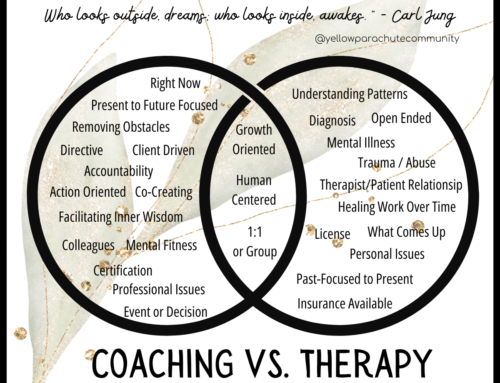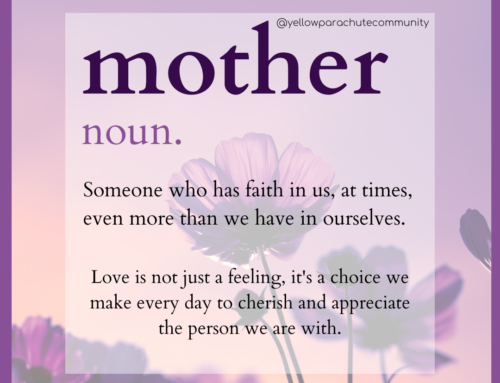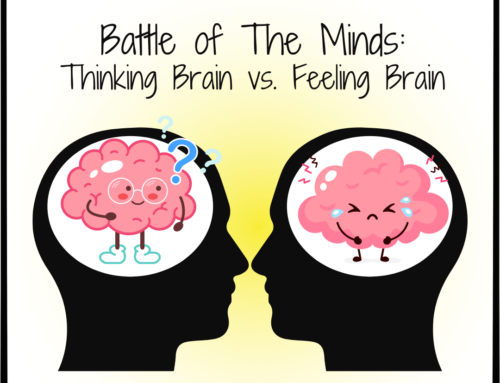Whenever you happen to be reading this post, take a pause to TAKE IN the power of gratitude to change your life – and the lives of those you love most.
If you’re feeling skeptical, hang in there with me. This “feel good” idea is backed by scientific research.
Practicing gratitude can bring joy, combat stress and, quite literally, make your heart healthier.
A snippet of science from Mindful.org – Research published in the last decade has shown that grateful people (those who have “trait gratitude”) have fewer common health complaints, such as headaches, digestion issues, respiratory infections, runny noses, dizziness, and sleep problems. It appears that practicing gratitude could also help to alleviate those pesky health problems. In one study, a group of college students who wrote about things they were grateful for once per week for 10 weeks reported fewer physical symptoms (such as headaches, shortness of breath, sore muscles, and nausea) compared to two other control groups.
I can site evidence of this in my own life, as I’ve increased my gratitude practice over the past 5 years. Why the success?
Practicing gratitude affects the parasympathetic nervous system (the part of the nervous system that allows our body to “rest and digest”). It can help you conserve energy by slowing the heart rate, stimulating digestion, and contributing to overall relaxation.
In fact suggests, the Mindful.org article,
A study of heart-failure patients who were randomly assigned to either an eight-week gratitude-journaling group or a treatment-as-usual group found that patients in the gratitude group showed more parasympathetic heart-rate variability, which is a sign of better heart health.
My focus on working with students, families, and educational leaders leads me to connect the idea of building healthy hearts with the mental health of our children. I believe that mindfully practicing my own gratitude – especially in their stressful moments of friendship fall-outs, anxious team tryouts, stressful studies, and hurried schedules – can help my kids learn to do the same.
Where to start? Here are 4 ideas. Pick one to try TODAY. 4 Ways to Train Your Brain to Practice More Gratitude
1. Take time to notice what’s around you
Practicing mindfulness helps you tune in to the present moment. It is possible that if you are a grateful person, you are more mindful of others’ gestures. The more often you tune into your awareness, the greater the chances you will notice all the good that’s around you to feel gratitude for, which can then bring satisfaction and happiness. Our ability to pick up on the beauty of nature, kindness from one another, the chance to make a living via a job, all require our ability to be cognizant of ourselves and our surroundings. Being mindful of help in the kitchen, or the color of the sky allows us to generate gratitude by simply noticing them.
2. Practice gratitude for the little things
We often remember to be grateful for big events, like graduating from university or getting married, but it can be more difficult to feel grateful for the small things we do every day. Reminding yourself that eating a meal, for example, is in itself special can be very powerful. Your immediate awareness of the food in front of you, combining flavors while removing hunger, is a great way to enjoy gratitude as often as you eat! Another example is feeling grateful in the morning for being able to comfortably sleep at night. We gain comfort, satisfaction and peace by practicing mindfulness and gratitude in this repeated fashion.
3. Share your gratitude for your loved ones
Most of us are a little bit guilty of taking our loved ones for granted. The next time you notice a kind act by a loved one, why not show gratitude by simply saying ‘thank you’ , or giving a hug? We ought to show appreciation and not let kind acts go unnoticed. Training yourself to show your gratefulness for loved ones can strengthen your relationships with others.
4. Spread gratitude via your social media platforms
Social media can feel so negative at times, but using it to share your gratitude can help create a more positive online atmosphere. For example, share an uplifting moment from a recent event or a lesson you learned from a book you read, or a photo of a place near you that you’re grateful for. Spreading good, and in a unique and uplifting way, is one way we each can do our part in this digital age to remind each other that we have a lot to be grateful for. Let us each inspire one another in this way.
Training our minds to practice gratitude more often is possible if we are mindful of ourselves, each other and our environment. Let us widen our circle of appreciation. Please share your ideas for reminding yourself to be grateful. You can visit the whole article on gratitude from Mindful.org here: How to Practice Gratitude – Mindful.
May you find gratitude wherever you are today, and may it power you to your next favorite version of you!
Cara







